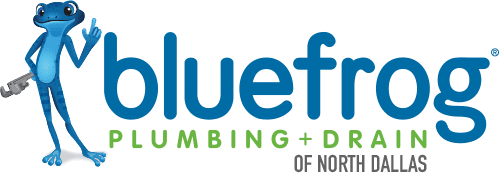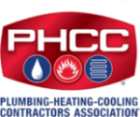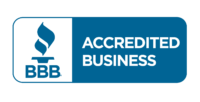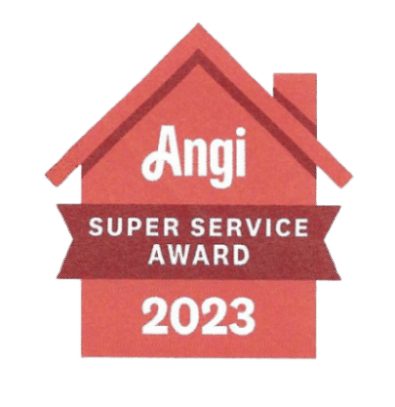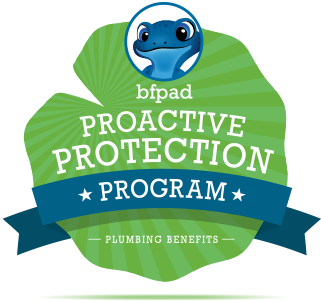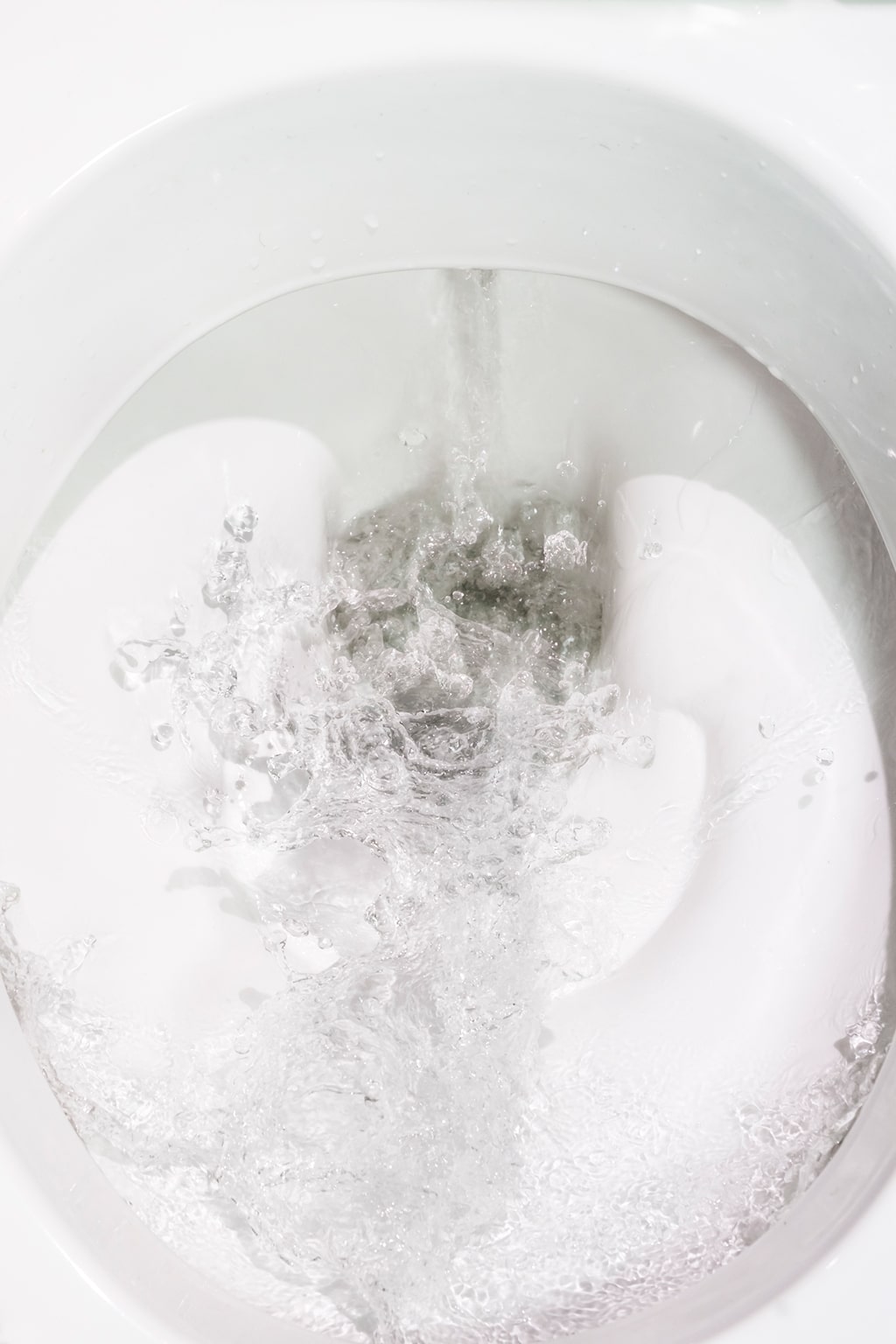
Handling Sewer Line Emergencies
Do you know how crucial quick action is in a sewer line emergency?
A sewer line emergency can disrupt your home life and cause severe damage. Prompt action is essential to minimize harm and costs.
Sewer line emergencies are unexpected. They often arise from clogs, leaks, or structural issues. When not addressed quickly, they can lead to significant property damage and health hazards. This article will guide you in handling such emergencies effectively.
Importance of Prompt Action During Sewer Line Problems
Acting quickly during a sewer line emergency prevents further damage. Delays can cause raw sewage to back up into your home, leading to:
- Contamination of living spaces
- Unpleasant odors
- Health risks from exposure to harmful bacteria and pathogens
Taking immediate steps can save you from costly repairs and health risks.
Common Causes of Sewer Line Emergencies
Understanding the common causes of sewer line emergencies helps in prevention and quick response. Here are some frequent culprits:
- Tree Root Infiltration: Roots seek moisture and can invade sewer lines, causing blockages and damage.
- Pipe Corrosion and Aging: Older pipes can corrode or deteriorate, leading to leaks and breaks.
- Ground Shifting: Environmental factors like heavy rains or earthquakes can shift the ground, damaging pipes.
- Clogs from Non-Flushable Items: Items like wipes, diapers, and grease can cause severe blockages if flushed down toilets.

Identifying Sewer Line Problems
Recognizing sewer line problems early can save you from a full-blown emergency. Awareness of the signs can help you act swiftly and prevent further damage. Here’s how to identify common warning signs:
Recognizing Early Warning Signs
Early detection is key to avoiding major sewer line issues. Look out for these symptoms in and around your home:
- Slow Drains: If sinks, tubs, or toilets are draining slower than usual, it could indicate a blockage in the sewer line.
- Unpleasant Odors: Foul smells coming from drains or around the property are a clear sign of sewer line issues.
- Gurgling Noises: Strange gurgling sounds in your pipes, especially after using water, suggest a blockage or trapped air in the sewer line.
Physical Signs Around the Property
In addition to indoor indicators, physical signs around your property can also signal sewer line problems:
- Yard Flooding: Unexplained wet patches or standing water in your yard may indicate a leak or break in the sewer line.
- Foundation Cracks: Shifting soil due to a leaking sewer line can lead to cracks in your home’s foundation, posing structural risks.
By identifying these signs early, you can call a professional plumber before the problem escalates.
Common Causes of Sewer Line Damage
Understanding what causes sewer line damage can help you take preventative measures. Here are some of the most common culprits:
Tree Root Infiltration
Tree roots are naturally drawn to the moisture in sewer lines. As roots grow, they can invade and block pipes, causing significant damage:
- Blockages: Roots can grow into pipes, blocking the flow of wastewater.
- Cracks and Breaks: Over time, roots can crack or break pipes, leading to leaks and major damage.
Pipe Corrosion and Aging
Sewer lines, especially older ones, are prone to corrosion and deterioration. Common issues include:
- Rusting: Metal pipes can rust over time, weakening the structure.
- Material Degradation: Older pipes made from outdated materials can degrade, leading to leaks or collapses.
Ground Shifting and Environmental Factors
Environmental changes and ground movement can also impact sewer lines:
- Soil Erosion: Heavy rains or flooding can erode soil, causing pipes to shift or break.
- Earthquakes: Seismic activity can displace pipes, leading to cracks or disconnections.
By understanding these causes, you can take steps to protect your sewer lines and prevent emergencies.
Immediate Steps to Take During a Sewer Line Emergency
When a sewer line emergency strikes, immediate action is crucial. Knowing what steps to take can minimize damage and ensure safety. Here’s what you should do:
Shutting Off Water Supply
The first step in any sewer line emergency is to shut off your home’s water supply. This prevents further water from entering the sewer line and exacerbating the problem.
- Locate the Main Shutoff Valve: This is usually found in the basement, crawl space, or near the water heater.
- Turn Off the Valve: Rotate the valve clockwise to stop the flow of water into your home.
Avoiding Water Usage
While waiting for professional help, avoid using water in your home. This includes:
- Not Using Toilets: Flushing can cause sewage to back up into your home.
- Avoiding Showers and Sinks: Any water usage can worsen the situation.
Contacting a Professional Plumber
The most critical step is to contact a professional plumber immediately. Look for a plumber who specializes in emergency services and can respond quickly.
- Describe the Problem: Give a detailed account of what you’ve observed to help the plumber assess the situation.
- Follow Their Advice: Follow any immediate instructions they provide while waiting for their arrival.
Taking these steps quickly can help mitigate the damage and get your sewer line issues resolved faster.
Diagnosing the Problem
Accurately diagnosing a sewer line problem is essential for effective repair. Professional plumbers use advanced techniques to identify the exact issue. Here are the most common methods:
Camera Inspections
Camera inspections are a non-invasive way to diagnose sewer line problems. A small, waterproof camera is inserted into the sewer line to provide a real-time view of the interior.
- Visual Confirmation: The camera allows plumbers to see blockages, cracks, and other issues directly.
- Accurate Location: This method pinpoints the exact location of the problem, reducing the need for extensive digging.
Hydro-Jetting for Blockage Removal
Hydro-jetting is a powerful method for clearing blockages. It involves using high-pressure water jets to remove obstructions and clean the sewer line.
- Effective Cleaning: Hydro-jetting can remove grease, debris, and even tree roots.
- Prevents Recurrence: By thoroughly cleaning the pipes, this method helps prevent future blockages.
Leak Detection Methods
Detecting leaks in sewer lines is crucial for preventing extensive damage. Plumbers use various techniques to identify leaks:
- Smoke Testing: Non-toxic smoke is pumped into the sewer line to reveal leaks by escaping through cracks or breaks.
- Acoustic Listening Devices: These devices amplify the sound of water escaping from pipes, helping to locate leaks.
These diagnostic methods ensure precise identification of sewer line issues, enabling efficient and targeted repairs.
Repair Options for Sewer Lines
Once the problem is diagnosed, the next step is repairing the sewer line. There are several methods available, each with its pros and cons. Understanding these options can help you choose the best solution for your situation.
Traditional Excavation
Traditional excavation involves digging up the ground to access and repair the damaged sewer line.
Steps Involved:
- Digging: Excavation crews dig a trench to expose the sewer line.
- Repairing or Replacing: The damaged section of the pipe is either repaired or replaced.
- Refilling: The trench is filled back in and the area is restored.
Pros:
- Direct Access: Provides direct access to the damaged pipe.
- Comprehensive Repair: This can address severe damage that other methods might not be able to fix.
Cons:
- Disruption: Causes significant disruption to landscaping, driveways, and other structures.
- Time-Consuming: Can take several days to complete, especially for extensive damage.
Trenchless Repair Methods
Trenchless repair methods offer less invasive options for fixing sewer lines. Here are two common types:
Pipe Bursting
Pipe bursting involves breaking the old pipe while simultaneously pulling a new pipe into place.
Steps Involved:
- Insertion of Bursting Head: A bursting head is inserted into the old pipe.
- Breaking and Replacing: The old pipe is broken apart as the new pipe is pulled through.
Pros:
- Minimally Invasive: Requires only small access points, reducing disruption.
- Durable: New pipes are typically more durable and long-lasting.
Cons:
- Not Suitable for All Situations: This may not be feasible for all types of damage or pipe materials.
Pipe Relining
Pipe relining involves inserting a flexible, resin-coated tube into the existing pipe, which hardens to form a new pipe within the old one.
Steps Involved:
- Cleaning the Pipe: The existing pipe is cleaned to remove debris and blockages.
- Inserting the Liner: The resin-coated liner is inserted into the pipe.
- Curing the Resin: The resin is cured, forming a solid, new pipe inside the old one.
Pros:
- Less Disruptive: Requires minimal digging and preserves landscaping.
- Quick: Can be completed in a shorter time frame compared to traditional excavation.
Cons:
- Cost: Can be more expensive upfront than traditional methods.
- Pipe Condition: Not suitable for pipes with severe structural damage.
Choosing the right repair method depends on the extent of the damage, the location of the sewer line, and your budget.
Preventative Measures for Sewer Line Maintenance
Preventing sewer line emergencies is far more cost-effective and less stressful than dealing with them. Implementing regular maintenance and good practices can significantly reduce the risk of sewer line problems. Here are some key preventative measures:
Regular Inspections
Scheduling regular inspections can help catch potential issues before they become emergencies.
- Annual Check-Ups: Have a professional plumber inspect your sewer lines at least once a year.
- Camera Inspections: Use camera inspections to get a clear view of the inside of your pipes.
Regular inspections can identify small problems that can be fixed before they turn into major issues.
Avoiding Flushing Non-Disintegrative Items
One of the simplest ways to prevent sewer line blockages is to be mindful of what goes down your drains.
- Do Not Flush: Avoid flushing items like baby wipes, paper towels, and feminine hygiene products.
- Grease Disposal: Do not pour cooking grease down the drain. Instead, dispose of it in the trash.
Using drain screens can also help catch hair and other debris before it enters the pipes.
Managing Tree Plantings Near Sewer Lines
Trees and shrubs can cause significant damage to sewer lines if their roots invade the pipes.
- Know the Location: Be aware of where your sewer lines are located before planting trees.
- Choose Wisely: Plant trees with non-invasive root systems away from sewer lines.
- Root Barriers: Install root barriers to prevent roots from reaching your sewer lines.
Choosing the Right Professional for the Job
Selecting a reliable and qualified plumber is crucial for resolving sewer line issues effectively. Here are some key factors to consider when choosing a professional:
Qualifications to Look For
Ensure that the plumber you hire has the necessary qualifications and experience:
- Licensing: Verify that the plumber is licensed to operate in your state. Licensing ensures they have met the required standards and regulations.
- Insurance: Ensure the plumber has both liability insurance and workers’ compensation. This protects you from any potential damages or accidents that may occur during the repair process.
- Experience: Choose a plumber with experience in handling sewer line repairs specifically. Experienced plumbers are more likely to diagnose and fix the problem correctly and efficiently.
Importance of Licensing and Insurance
Hiring a licensed and insured plumber provides peace of mind and ensures quality work:
- Regulatory Compliance: Licensed plumbers adhere to state and local regulations, ensuring that repairs are performed to code.
- Protection: Insurance protects you from any financial liability in case of accidental damage or injury during the repair process.
Customer Reviews and Testimonials
Checking reviews and testimonials can help you gauge the quality of a plumber’s work and customer service:
- Online Reviews: Look for reviews on websites like Yelp, Google, and Angie’s List. Pay attention to recurring themes in customer feedback, such as punctuality, professionalism, and quality of work.
- Testimonials: Read testimonials on the plumber’s website. These often highlight positive experiences and successful repairs.
How to Prepare for Potential Sewer Line Emergencies
Being prepared for a sewer line emergency can significantly reduce stress and damage. Here are some essential steps to ensure you’re ready if a sewer line issue arises:
Emergency Kit Essentials
Having an emergency kit on hand can make it easier to manage a sewer line emergency until professional help arrives. Here’s what to include:
- Rubber Gloves: Protect your hands from sewage and contaminants.
- Face Masks: Reduce exposure to harmful bacteria and unpleasant odors.
- Buckets: Useful for collecting any leaking water or sewage.
- Flashlights: Essential for inspecting dark areas, especially if power is out.
- Towels and Plastic Sheeting: Useful for containing small leaks and protecting floors and furniture.
- Plunger and Hand Auger: Basic tools for attempting to clear minor blockages.
Family Emergency Plan
Creating a family emergency plan ensures everyone knows what to do during a sewer line emergency:
- Communication Plan: Decide how family members will communicate and where they will meet if they need to evacuate the house.
- Water Supply Knowledge: Ensure everyone knows how to shut off the main water supply.
- Evacuation Routes: Identify the safest routes to leave the house in case of severe flooding or contamination.
- Roles and Responsibilities: Assign specific tasks to each family member, such as grabbing the emergency kit or calling the plumber.
Contact List for Professional Help
Having a contact list of reliable professionals can save precious time during an emergency:
- Emergency Plumber: Keep the contact information of a trusted, licensed plumber who offers emergency services.
- Utility Companies: Have the numbers for your local water and sewage utility companies in case you need to report the issue.
- Insurance Provider: Include your home insurance provider’s contact details to report any damages.
- Health Services: Keep the contact information for local health services in case of exposure to harmful bacteria.
Local Sewer Line Services: Why Choose Us in Plano, Prosper, and Addison
When dealing with sewer line emergencies, it’s essential to have a trusted local service provider. Here’s why our services in Plano, Prosper, and Addison are the best choice for handling your sewer line issues:
Expertise in Local Sewer Systems
Understanding the unique characteristics of local sewer systems is crucial for effective repairs and maintenance. Our team has extensive experience with the specific challenges in Plano, Prosper, and Addison.
- Plano: We understand the soil composition and common root intrusion problems in Plano, allowing us to provide targeted solutions.
- Prosper: Our knowledge of the newer infrastructure and rapid development in Prosper helps us handle the unique demands of its growing community.
- Addison: We’re familiar with Addison’s older sewer systems and the typical issues that arise in this area, enabling us to address them efficiently.
Rapid Response Times
Emergencies require swift action. Our strategically located teams in Plano, Prosper, and Addison ensure rapid response times, minimizing damage and restoring your sewer system promptly.
- 24/7 Availability: We offer round-the-clock emergency services to address issues as soon as they arise.
- Fast Arrival: Our proximity to these locations ensures that we can arrive at your home quickly, reducing the risk of extensive damage.
Comprehensive Services
Our services cover all aspects of maintenance and repair, providing a one-stop solution for homeowners in Plano, Prosper, and Addison.
- Inspection Services: Regular camera inspections to identify potential issues before they escalate.
- Hydro-Jetting: High-pressure cleaning to remove blockages and prevent future clogs.
- Trenchless Repair Methods: Minimally invasive techniques like pipe relining and pipe bursting to repair damaged lines without extensive digging.
Customer Satisfaction
We pride ourselves on our excellent customer service and high-quality workmanship. Our satisfied customers in Plano, Prosper, and Addison can attest to our commitment to excellence.
- Positive Reviews: We have numerous positive reviews and testimonials from local homeowners who have benefited from our services.
- Transparent Pricing: We provide clear, upfront pricing with no hidden fees, ensuring you know what to expect.
Choosing a local service provider with expertise in Plano, Prosper, and Addison ensures you receive prompt, knowledgeable, and comprehensive care for your sewer line emergencies. Contact us today to learn more about how we can help you maintain and repair your sewer system.

FAQ Section
- How often should sewer lines be inspected?
It’s recommended to have your sewer lines inspected at least once a year. Regular inspections help catch issues early before they become emergencies.
- What are the best materials for sewer line pipes?
PVC and HDPE pipes are currently considered the best due to their durability, corrosion resistance, and longevity.
- Can homeowners insurance cover sewer line repairs?
Coverage varies by policy. Some homeowners insurance policies cover sewer line repairs if the damage is sudden and accidental. Check with your insurance provider for specifics.
- How long does a trenchless sewer repair take?
Trenchless repairs typically take 1-2 days, depending on the extent of the damage and the method used.
- What should I do if my sewer line backs up?
Immediately stop using water and contact a professional plumber. Avoid using any plumbing fixtures until the issue is resolved.

